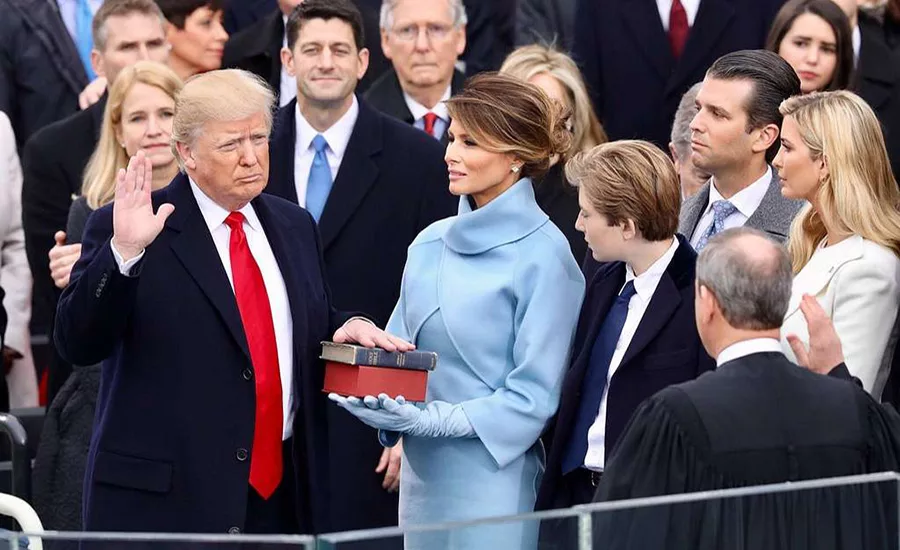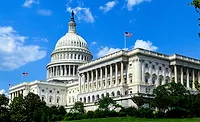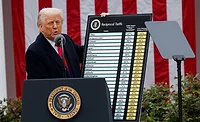Economic Indicators
December’s PMI Shows Demand Up as Hopes Are Pinned on Trump
Manufacturing is up, orders are up, but tariffs are on the mind of many

December’s PMI closed at 49.3%, with new orders crossing into growth at 52.5%. As governance shifts in Washington, cautious optimism rises in manufacturing. The industry is pinning its hopes on a new administration taking office later this month.
— Images courtesy of Collections - GetArchive
December’s Purchasing Managers’ Index can either be a harbinger of good times or, at least, cautious optimism of what lies ahead as governance prepares for a change of hands later this month in Washington, D.C.
The Institute for Supply Management’s PMI number for December reflects some bullishness on the impending change. The monthly index showed a 0.9% uptick from November, closing the year at 49.3%.
New orders reached 52.5%, crossing the 50.0 threshold to indicate economic growth and production increased to 50.3%.
“2024 has been quite the year; it started out real dynamic, and it’s ending pretty dynamic,” Timothy Fiore, ISM’s manufacturing business survey committee chair, said on a media call last week. “I think we’ve got the new growth profile commencing in November, December. I think we’re starting now, and we’ll see where this goes.”
Seven manufacturing industries reported growth in December, several of which include roofing and exterior product manufacturing, including primary metals, electrical equipment, appliances and components, wood products, furniture and related products, paper products, miscellaneous manufacturing, and plastics and rubber products.
S&P Global's index concluded the year on a less positive note, reporting a PMI of 49.4 in December, down from 49.7 in November. The decline was attributed to a decrease in demand and production.
S&P reported hikes in input cost inflation at the end of the year, as well as higher supplier charges and raw material costs. ISM said prices for aluminum, basic chemicals, copper and natural gas also rose last month.
And the weight of the unknown — possible new tariffs — hangs heavy on manufacturers’ minds. Four of every ISM 10 respondents in December’s comments section mentioned concern about the impending trade policy change, Fiore said. Some went so far as to discuss plans like dual sourcing and finding contingent suppliers exempt from any tariffs that may be imposed.
Fiore noted that it was unlikely tariff hikes would heavily impact industry performance until the second quarter of the year, which is just two months away.
Despite the mixed bag, Chris Williamson, chief business economist at S&P Global Market Intelligence, said there is a general sense of optimism that business will pick up as 2025 gets underway.
“Many firms are generally anticipating that business will pick up in the New Year, with respondents pinning hopes on expectations that the new administration will loosen regulations, reduce tax burdens and boost demand for U.S.-made goods via tariffs,” he said in a statement.
Looking for a reprint of this article?
From high-res PDFs to custom plaques, order your copy today!







